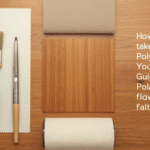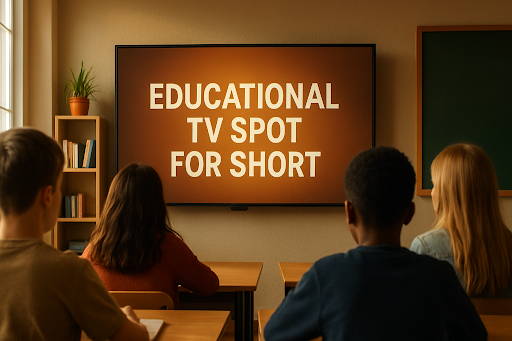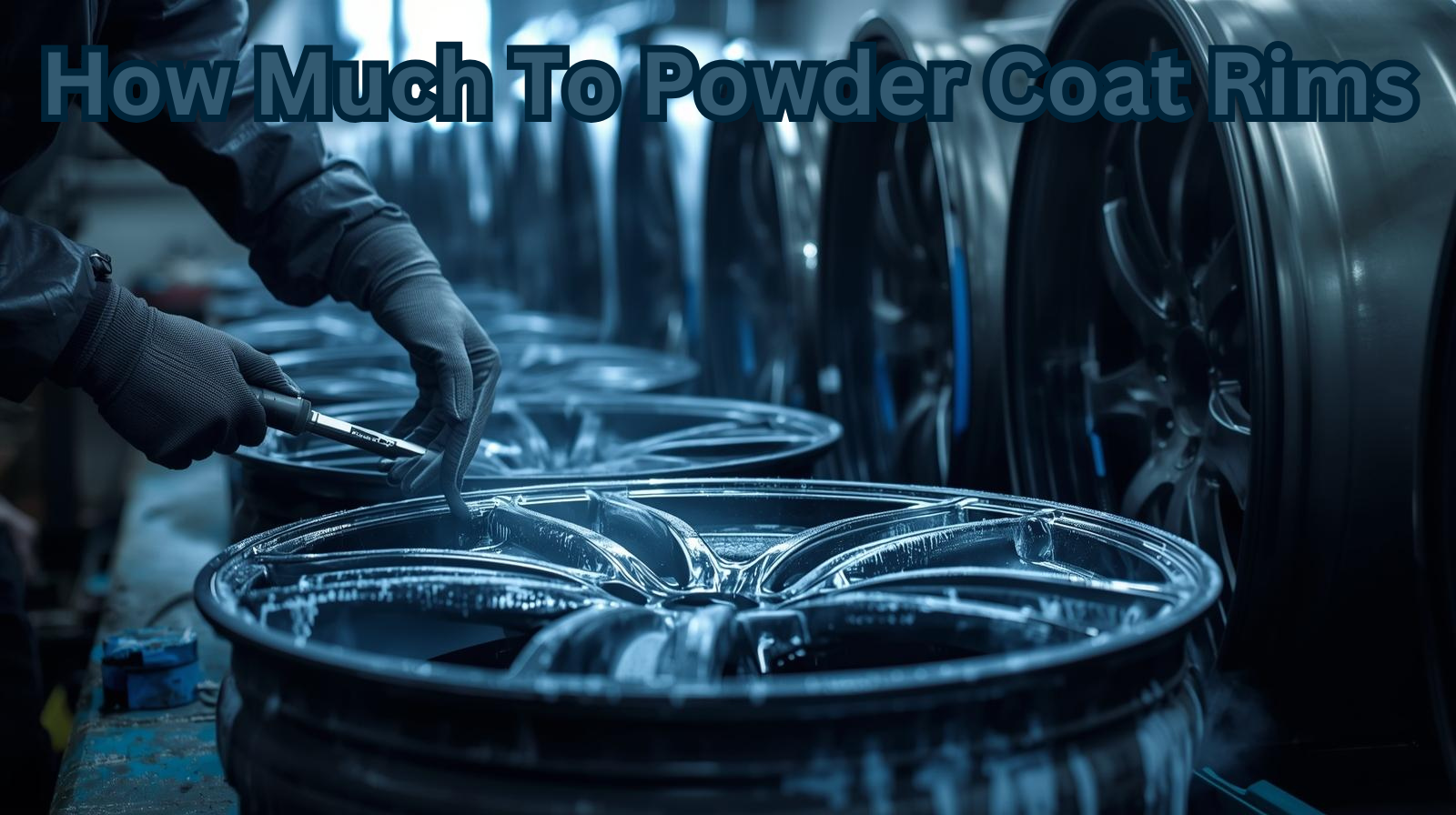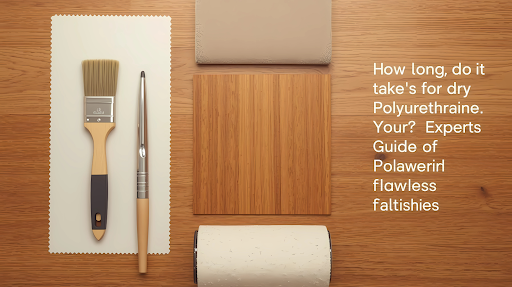Revolutionizing Learning: How the Educational TV Spot for Short
You’re scrolling on your phone, a flicker of movement catches your eye. It’s not a cat video or a celebrity meme. It’s a 60-second clip explaining how gravity works using nothing but a basketball, a sheet, and some oranges. In under a minute, a complex concept clicks into place. You’ve just experienced the modern evolution of the educational TV spot for short—a micro-lesson designed not to sell you a product, but to sell you on the joy of learning.
Gone are the days when educational video meant a droning, hour-long documentary or a dusty VHS tape in a school classroom. Today, the most powerful pedagogical punches are being packed into 30, 60, or 90-second segments. These spots are engineered for the modern attention span, leveraging the same production value and hook-driven storytelling that make commercials so sticky, but with a far more noble goal: to ignite curiosity and make knowledge accessible to all.
This isn’t just a trend; it’s a response to how we consume information. Let’s dive into why these short-form educational videos are so effective and how they’re changing the game for learners of all ages.
The Science of Short: Why Our Brains Love Micro-Learning
Why does a concept often make more sense in a tightly edited 60-second video than it does after reading a textbook chapter? The answer lies in cognitive psychology.
Our working memory the mental sticky note where we process new information has a limited capacity. Dense, lengthy explanations can overload it, leading to cognitive fatigue and poor retention. The educational TV spot for short is perfectly designed to work within these limitations.
- Cognitive Load Theory: These videos minimize “extraneous cognitive load” by stripping away unnecessary information. Every second is purposeful: clean visuals, clear narration, and a single, focused concept.
- The Peak-End Rule: Psychologists Daniel Kahneman and Barbara Fredrickson discovered that we judge an experience based on its most intense point (the peak) and its finish (the end). A well-made short spot often features a dramatic “aha!” moment (the peak) and a satisfying conclusion that reinforces the lesson (the end), creating a positive and memorable learning memory.
- Dopamine and Reward: The quick payoff of understanding something in under a minute provides a tiny hit of dopamine, the brain’s reward chemical. This positive reinforcement makes us more likely to seek out learning again, turning it from a chore into a rewarding activity.
Platforms like TikTok and YouTube Shorts have become accidental laboratories for this kind of learning, proving that there is a massive, global appetite for knowledge when it’s delivered in a digestible, engaging format.
Also Read This: Watching CTV
A Brief History: From Schoolhouse Rock to TikTok Teachers
While they feel modern, the roots of the short-form educational video run deep. The blueprint was created decades ago.
The most iconic predecessor is undoubtedly Schoolhouse Rock!. These animated three-minute segments aired between Saturday morning cartoons in the 1970s and 80s, teaching an entire generation about grammar (“Conjunction Junction”), math (“My Hero, Zero”), and civics (“I’m Just a Bill”). They were successful because they didn’t feel like school. They felt like a cool, fun break from cartoons, using music and animation to make lessons unforgettable.
Public broadcasting giants like PBS have also long understood the power of short interstitials. Shows like Sesame Street were built on a magazine format, seamlessly weaving short, animated segments about counting or letters between longer live-action sketches. This structure is proven to hold children’s attention more effectively than a single, long narrative.
Today, this legacy is carried on by:
- NASA: Their social media teams create stunning, short videos explaining cosmic events, making astrophysics accessible to millions.
- Museums like the Smithsonian and The MET: They use short spots to showcase artifacts and tell hidden stories from their collections.
- A new generation of Edu-creators: Passionate teachers and experts on platforms like YouTube and TikTok, such as @hankgreen (SciShow) or @markrober, who distill complex topics into viral, shareable videos.
The Anatomy of a Perfect Educational TV Spot
Not all short videos are created equal. A successful educational short video follows a specific, powerful formula:
- The Hook (0-5 seconds): This is the most critical part. It must immediately present a compelling question, a surprising fact, or a visual mystery. ” Did you know that a single lightning bolt holds enough energy to toast 100,000 slices of chuck ?”
- The Core Concept (5-45 seconds): This is where the lesson unfolds. It uses simple, relatable analogies, high-quality visuals (animation, live-action demo, graphics), and clear, concise language. The pace is brisk but not rushed.
- The Payoff (The “Aha!” Moment) (45-55 seconds): The concept comes together in a satisfying conclusion. The puzzle is solved, the experiment works, and the initial question is answered.
- The Call to Action (55-60 seconds): Unlike a commercial, this CTA isn’t “Buy now!” It’s “Learn more!” or “Follow for daily facts!” It encourages further exploration, turning a single micro-lesson into a gateway to deeper knowledge.
Short-Form vs. Long-Form: A Place for Both
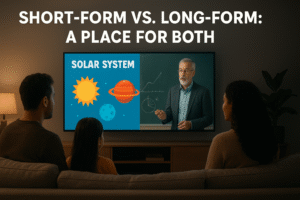
It’s important to see the educational TV spot for short not as a replacement for deep learning, but as a catalyst for it.
| Feature | Short-Form Educational Spot | Long-Form Documentary/Lecture |
| Primary Goal | Spark curiosity, introduce a concept, provide a quick answer. | Provide deep context, explore nuance, present multiple perspectives. |
| Best For | Hooking reluctant learners, filling knowledge gaps, micro-learning. | Immersive learning, comprehensive understanding, academic study. |
| Attention Demand | Low; fits into natural breaks. | High; requires dedicated time and focus. |
| Example | A 60-second spot on “What is Photosynthesis?” | A 50-minute documentary on the life of plants and their ecosystems. |
The short spot is the trailer for the movie. It grabs your interest and makes you want to see the full feature. A student who sees an engaging video about the French Revolution might be inspired to check out a book or watch a full-length documentary on the subject.
How to Leverage Educational Spots for Learning
Whether you’re a teacher, a parent, or a lifelong learner, you can harness the power of these tools.
For Teachers:
- The Bell Ringer: Start class with a relevant short video to instantly engage students and introduce the day’s topic.
- The Concept Reinforcer: After teaching a lesson, show a video that explains it a different way. Different modalities help solidify understanding.
- Discussion Starter:For Everyone:
- Fill the Gaps: Use moments in waiting rooms, on public transport, or in line to watch a short video on a topic you’ve always wanted to understand. Turn dead time into learning time.
Conclusion: The Future is Short, Sharp, and Smart
The educational TV spot for short is more than just a viral trend. It represents a fundamental shift towards democratizing knowledge. It meets people where they are—on their phones, with limited time, and craving clear, impactful content. By combining sound pedagogical science with compelling storytelling, these micro-lessons have the power to create a more curious, informed, and engaged society, one 60-second clip at a time.
The next time you find yourself mindlessly scrolling, take a moment to search for something you’ve always wanted to learn. You might just find that the perfect, bite-sized explanation is waiting for you, ready to unlock a new world of understanding in less time than it takes to brew a cup of coffee.
More Read Like This: Top 10 Safe Baccarat Sites for New Users
Frequently Asked Questions (FAQs)
What exactly is an “educational TV spot for short”?
An educational TV spot for short is a brief, self-contained video segment, typically between 30 and 90 seconds long, designed to teach a single concept or fact in an engaging and easily digestible way. Think of it as a commercial for knowledge instead of a product. Modern examples include viral science TikToks, history explainers on YouTube Shorts, and the classic, beloved interstitials from shows like Sesame Street or Schoolhouse Rock!.
Are these short videos effective for deep learning, or are they just for fun?
They are incredibly effective as a catalyst for learning, but their primary goal is often introduction and engagement rather than deep mastery. An educational TV spot for short bursts of information is perfect for sparking curiosity, providing a quick answer, or offering a memorable analogy for a complex topic. For deep learning, it should be used as a “hook” that leads to further exploration through longer-form content like articles, books, documentaries, or structured courses.
Where can I find high-quality, accurate educational short-form content?
Look for creators and institutions with established expertise. Reputable sources include:
-
Public Broadcasters: PBS Digital Studios (e.g., PBS Eons, PBS Space Time) often produce high-quality content that can feel like an educational TV spot for short lessons.
-
Government Agencies: NASA, NOAA, and the Smithsonian on social media provide reliable, science-backed insights in accessible formats.
-
Museums & Cultural Institutions: The Met, The British Museum, and the Exploratorium share engaging short-form content that blends history, culture, and curiosity.
-
Verified Edu-Creators: Look for creators with relevant degrees or teaching experience who cite their sources. Channels like SciShow, Veritasium, and Crash Course often break down their longer content into shorter segments—perfect for quick classroom use.
How can I use these in a classroom without it being just a “time-filler”?
Integrate them purposefully into your lesson plan! Use them as:
-
A Bell Ringer: To introduce the day’s topic and grab students’ attention immediately with an educational TV spot for short bursts of knowledge.
-
A Discussion Catalyst: Pose a question before playing the video and use it to launch a debate or Socratic seminar.
-
A Formative Assessment Tool: Pause the video before the reveal and ask students to predict the outcome, checking for understanding of the concept so far.
-
A Reinforcement Tool: Show a video that explains a concept you just taught in a different way to cater to different learners. You can also use a short clip that poses an ethical or philosophical question to spark deeper discussion.
For Parents:
-
Answer the “Why?”: When your child asks, “Why is the sky blue?”—instead of a textbook answer, find a great educational TV spot for short explanations like Rayleigh scattering.
-
Curate Playlists: Find reputable creators and build YouTube or TikTok playlists on topics your child is passionate about—dinosaurs, space, art, etc.
Not about learning styles, but about using intentional, engaging formats.
What’s the biggest misconception about learning from short-form video?
The biggest misconception is that it inherently leads to a shorter attention span or “lazy” learning. The format itself isn’t the problem; it’s how it’s used. Passive, endless scrolling can be mindless. However, actively choosing to watch a short video—such as an educational TV spot for short explanations of concepts—is a form of efficient, modern micro-learning. The key is intentionality—using these spots as tools for specific learning goals rather than as pure entertainment.





